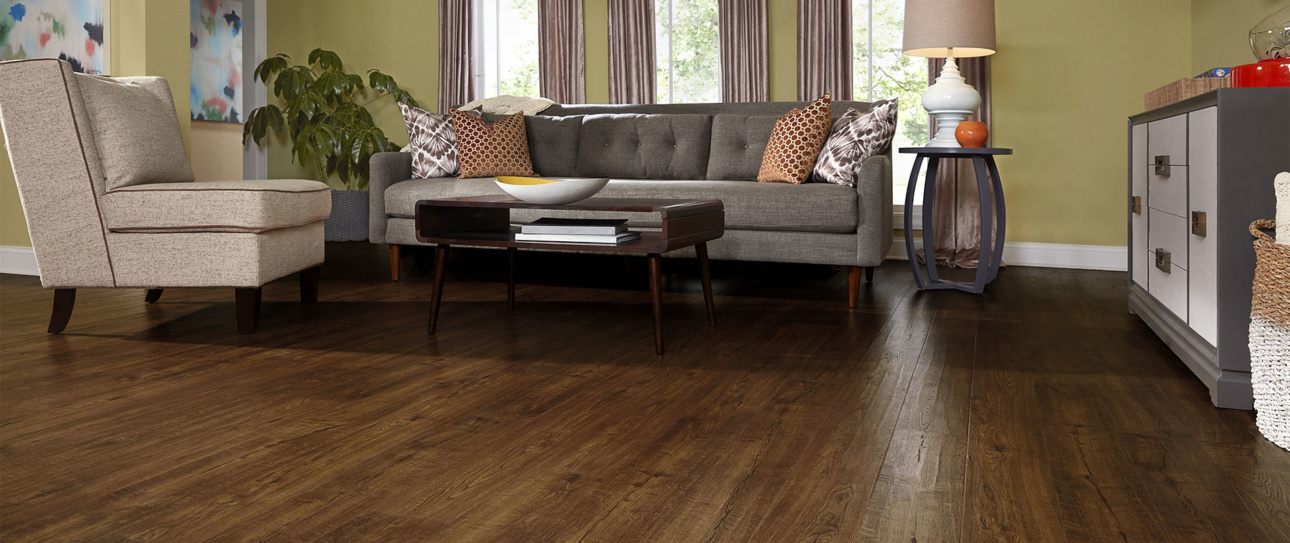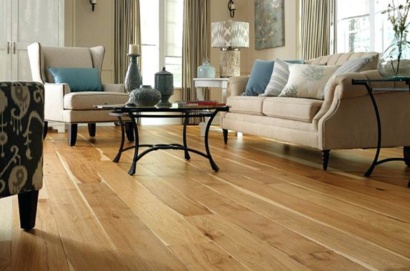
Wood floors are one of the few flooring options that become more beautiful with age. Like all natural products that experience change over time, wood floors will experience subtle color changes as they age. This natural process called patina will add to the beauty and character of the floor.
Different species of wood flooring will experience color changes at different rates. In general, more-common species such as oak and hickory will experience minimal color change over time, while less-common species, like American cherry and Brazilian cherry will show more color change over time. These changes are natural, but can be minimized with a little prevention.
Two factors influence color changes in wood floors: sun exposure and the finish that is applied to the floor. Over time, prolonged sun exposure will cause wood floors to change color. Think about how skin reacts when exposed to sunlight. Wood reacts in much the same way, and homeowners can minimize this effect by periodically moving rugs and furniture to limit that exposure.
The second factor that can cause wood floors to change color over time is the finish used. Oil-modified finishes will amber over time, giving the floor a slightly yellow appearance. In contrast, water-based finishes generally will remain clear over time, minimizing long-term color changes.




